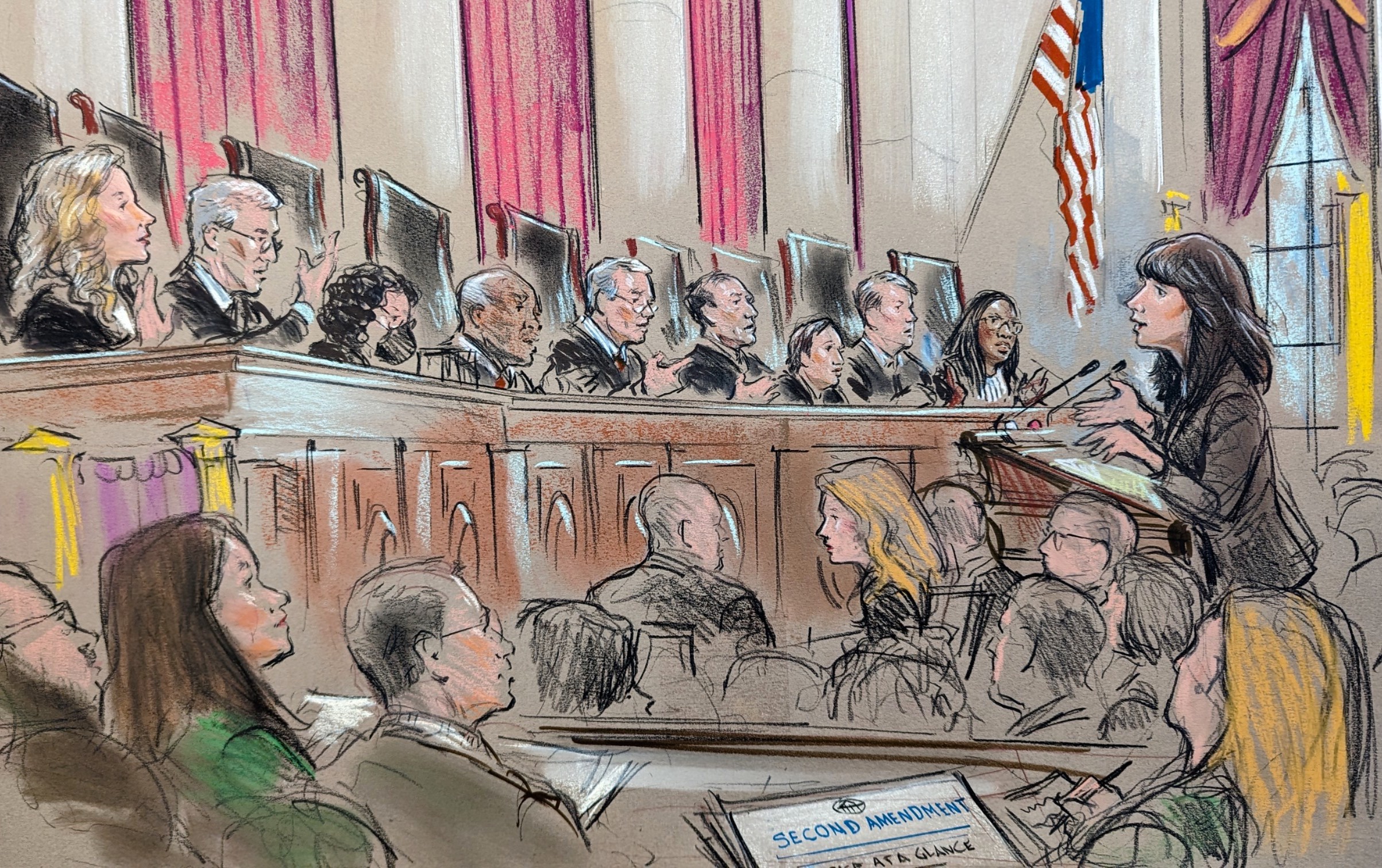Divorce Lawyer Lessons from the Trump Trial (N.Y. Division)
Today the Attorney General’s case in chief in the action to dissolve/fine the Trump Organization is sliding to a close. It’s a civil and non family matter (well it is a family matter yet not a domestic relations case) but as this writer has tried to follow the action, he felt the “pain” of trying this kind of document intense case.
Not to say that I have ever been involved in a case of this magnitude. The estimates are 500 entities within the umbrella of “Trump Organization” and 20,000+ employees. These entities do business across the globe and typically file financial statements and tax returns in hundreds of different places ranging from tax authorities to lenders.
At the top of this pyramid sits the former president and his children from Marriage No. 1. Just down the hall is the Trump family financial wizard, Allen Weisselberg. Since 1927 the company has developed land and still does. But the range of businesses and business held property today is immense.
The most complex matters I have handled involved individual who had 40-50 subsidiaries of various kinds. In many instances the debt is easier to sort out than the assets because the lenders want liens on “everything” including property they are not lending on. That makes sense because they often can’t figure out where the value is in the “tush push” of myriad assets.
Meanwhile, the mechanics are the same for the divorce lawyer as for the Attorney General. You hand the owner or the chief financial officer of the business a copy of a tax return and ask them to identify it. That can, itself, require a dozen questions if the witness wants to play cute. Cute answer defined? “It appears to be a tax return.” There was a day when tax returns were hand signed by taxpayers or their acknowledged representatives and filed by mail. Today, that is done only by dinosaurs. So, in theory, you need to have the witness identify the document confirming that the “tax return” itself was filed electronically. Then you go back to your return document and ask if it conforms to the document filed electronically. Cute answer: “I don’t know. I can’t say definitively that the tax return that you just handed me is the same document as my accountant filed once he/she received my authorization to file a return on behalf of the business.”
Technically, we have an authentication issue and the only person who can really answer it is the accountant or staff person who hit the “send” button after receiving the electronic permission to file a return. In theory, the person inside the accountant’s office could have received the authorization and then sent a draft return or a return with different numbers than the one sitting on the taxpayer’s desk when the authorization to file “the” return was sent. It used to be you could ask: “Isn’t that your signature or the signature of your chief financial officer on the second page of the return?” The 21st century response to that question is: “I don’t see a signature, counsel so I can’t be certain that the document you handed me is the same as the return that was filed under oath.”
Momma said there would be days like this but when momma said it, returns were still hand signed in blue ink. The problem also extends to financial statements. Transactional lawyers will tell clients to avoid making representations beyond the minimum required by the lender. Thus, your lender might be prepared to set up a $50 million credit line but then tell you they are only lending on your U.S. assets. Implied in that is the lender’s view that they don’t want to be involved in your assets in Bahrain or Nevis or Kuala Lumpur. They want to make certain there is enough security here in the good old USA so that they can claw back their money should you default. The lenders in the Middle East or Asia may not much care about U.S. based assets so now you have different financial statements for each continent.
Because many of these documents are verified (filed under oath) it is often a crime to present documents that are false. But it can be a challenge to tell a court that your financial statement was accurate when it wasn’t because your lender wanted to know only about tangible assets based in the U.S.
As attorneys it is annoying on either side of this. There are times when you can smell that the witness is playing witness shell games for reason of evasion. Then there are times when your client provided a financial disclosure that omitted the jet ski business in Nevis because the bank said they would not lend on assets domiciled in the Federation of St. Kitts & Nevis. Then you and your client have to endure cross examination such as: “So, despite a financial statement prepared under oath to lenders and provided as an exhibit in your divorce, you withheld from the Court your ownership of 20 Seadoo jetskis stored in a warehouse in Gingerland (Nevis), right?”
In divorce cases, anyway, there needs to be a better way to review and admit financial data where the assets or the corporate structures in which they reside are complex. And things do get complex. We have a matter where the stock is publicly traded so we have access to information through the Security and Exchange Commission’s website, EDGAR. But, the company itself was acquired by Bain Capital in 2012. Bain sold out in 2016 at a time when the company was Luxembourg based. Today the company is based in Ireland. Meanwhile, headquarters has always been right down the road in Pennsylvania. This does not appear to be economically significant to the divorce but the point is that businesses are getting more and more complex and constantly evolving. In these cases, it may be appropriate to ask the court to appoint a paid master to make certain the discovery is complied with and meaningfully directed. Courts don’t typically favor these “friend of the court” appointments and they can get expensive. But, as we have seen play out in New York, there is little more annoying than to have a phalanx of lawyers, judges and experts sitting in a courtroom to chop through substantive issues relating to matters of immense legal gravity and find that the inquiry has been halted because a witness is not certain whether the exhibit in his hand is the same that was provided to Deutsche Bank, Citigroup or Nevis’ Parish of St. George Gingerland for tax year 2017. Some may argue that this could have been resolved through deposition. Unfortunately, the absence of a judicial officer from the deposition room often invites even more games and lots of acrimonious speech-making that fills the pockets of the court reporters while starving attorneys and experts of the information to establish the facts.





